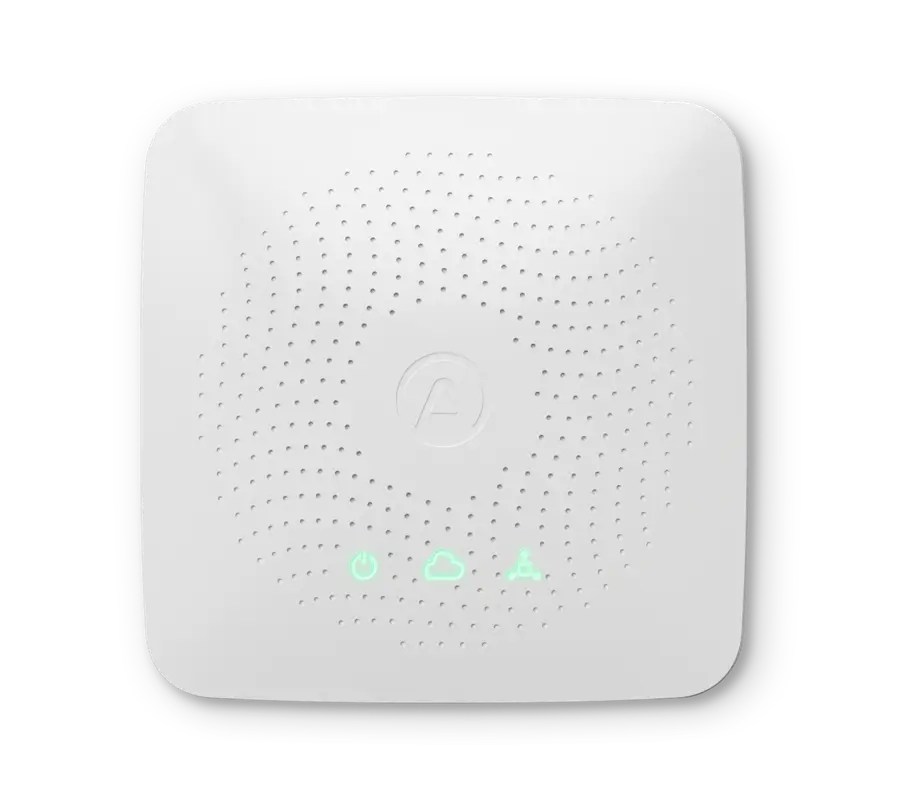Discover how to take action against common allergens in the home beginning with air quality monitoring and why improving indoor air quality is important for those suffering from asthma, asthma symptoms, hay fever, and allergies.
According to the Asthma and Allergy Foundation of America (AAFA), “Allergy and asthma control begins at home.”1 But reducing potential triggers is far from straightforward.
From dust mites in bedding and pet fur in carpets to mold in bathrooms and utility rooms, exposure to these and other airborne particles can lead to an allergic reaction. Even the use of certain cleaning products, aerosols, and air fresheners can add to the level of contaminants which is why the American Lung Association warns against them2. And let’s not forget that open windows and doors can lead to an inevitable low-level transition of outdoor particles into the home.

So, given that we spend around 90%3 of our time inside, monitoring indoor air quality is vital. Here, we take a look at how to reduce exposure to known triggers and lessen the effects and get allergy relief.

Asthma, asthma relief, and indoor air quality
Asthma is a complex condition that, according to medical experts, intermittently inflames and narrows the airways in the lungs4. This inflammation makes the airways swell; causing periods of wheezing, chest tightness, shortness of breath, and coughing. It affects people of all ages and those who are diagnosed experience symptoms ranging from mild to severe.
While the exact cause of asthma is unknown, it is generally recognised that allergens in the environment are a significant factor5. Second-hand cigarette smoke, damp and mold, pets, and dust mites are among the top triggers6. But there are also a number of other potential areas for concern.
Volatile Organic Compounds (VOCs), for example, are a combination of gases and odors emitted from many different toxins and chemicals found in everyday products. Although some are not considered harmful, others may cause respiratory irritation or even have a detrimental impact on health over time. Something which is likely to be particularly worrying for those suffering with asthma.
Humid conditions are also known to be troublesome for asthma sufferers, but it’s important to realize that it’s what comes with them that often creates the problem. For example, if the humidity in your house is higher than 50%, dust mites can multiply7. The elevated moisture in the air can also make it feel “heavier” and make it harder to breathe; raising body temperature and causing dehydration which together can trigger asthma symptoms. In fact, people are 40% more likely to have asthma when living in damp or moldy homes according to a recent study8.

With more people than ever suffering from asthma - around 25 million9 in the US alone - according to the Asthma and Allergy Foundation of America10. They explain how reducing exposure to common triggers in the home can only be a sensible move. Here are some quick tips for reducing your allergy symptoms:
- Make your home a smoke-free environment.
- Use natural cleaning and laundry products.
- Keep bathrooms and kitchens well-ventilated by opening windows.
- Ensure surfaces are regularly dusted with a damp cloth.
- Wash bedding weekly at +55°C.
From the Asthma and Allergy Foundation of America10. As part of our dedication to raising awareness around the effects of indoor air quality Airthings partners with non-profits and not-for-profits that aim to do good. The most recent, The Norwegian Asthma and Allergy Association.

Hay fever and indoor air quality
Hay fever can broadly be described as an allergic response to pollen from trees, grass, and weeds peaking during the early spring and summer months10. Also known as seasonal rhinitis, it is caused by the immune system releasing histamine as well as other chemicals into the body to fight off allergens. Symptoms include itchy/watery eyes, wheezing, headaches, and blocked sinuses.
Affecting both adults and children, it’s a common occurrence. But familiarity doesn’t necessarily mean that the condition is fully understood. So alongside conventional measures to avoid triggers — such as keeping windows closed, wiping surfaces, and changing clothes worn outside — it’s also worth considering wider issues and solutions. For example:
- Monitoring your indoor air quality and outdoor pollen levels — Using an indoor air quality monitor and My Pollen Levels in the Airthings app.
- High carbon dioxide in cities, along with the often-warmer microclimate, may mean pollen season lasts longer11.
- Although light to moderate rain can be helpful in stopping the spread of pollen, according to one study, heavy rain of 10cm or more13 can have the opposite effect and actually whip more of it into the air.
- Pollen concentrations are not always lower at night; it depends on which type of pollen causes the allergic reaction14. Levels depend on how easily the pollen becomes airborne, how far it tends to travel and the time of day when a particular species of grass releases its pollen.

Allergies, allergy relief, and indoor air quality
Just as respiratory problems can be triggered by airborne contaminants, so too can atopic eczema15. Generally characterized by inflamed, rough, red and itchy patches of skin, this uncomfortable condition is caused by an overactive response of the body to irritants. And although some babies do grow out of it, the majority of people suffer flare-ups throughout their lives.
 Not surprisingly, it’s generally recognized that traffic pollution increases the risk and rate of eczema17. But, interestingly, the jury is still out on whether urban living is categorically bad for the condition18.
Not surprisingly, it’s generally recognized that traffic pollution increases the risk and rate of eczema17. But, interestingly, the jury is still out on whether urban living is categorically bad for the condition18.
When it comes to the home, minimizing airborne chemicals in all forms is essential but it’s not just the day-to-day activity that makes a difference. Some have found that remodeling the home or changing carpets can cause an acute worsening of childhood eczema due to the chemicals used in paints, wallcoverings, and flooring. Simply moving to a newly built home before a child turns one has also been identified as a risk factor19 for developing eczema in elementary and middle school-aged children due to chemical substances emitted from building materials, including formaldehyde and other VOCs.
So as the role of air pollutants20 — such as environmental tobacco smoke, toluene, nitrogen dioxide, and particulate matter — in aggravating eczema and other allergic reactions continues to be explored, ensuring the home environment is a safe space is something we can all work towards today. And let’s not forget that as well as having important benefits for those suffering from asthma, hay fever, and other allergies, healthy indoor air is highly likely to have a positive impact on everyone in your home.
Key takeaways
- Airborne particles in the home have been known to trigger asthma, hay fever, eczema and other allergic reactions.
- Understanding how to reduce the level of common contaminants in the home will help to reduce allergic symptoms and flare-ups.
- Improving indoor air quality will support strategies to control the level of potential allergy triggers.
- People suffering from asthma, hay fever, eczema, and other allergies benefit from better indoor air quality.

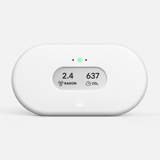



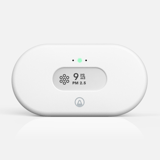
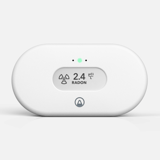

%20(1)%20(1)%20(1).webp?width=160&height=160&name=corentium_home_us_-_hero_image_-_front%20(1)%20(1)%20(1)%20(1).webp)
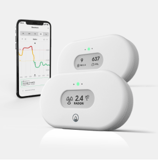

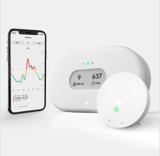

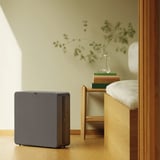
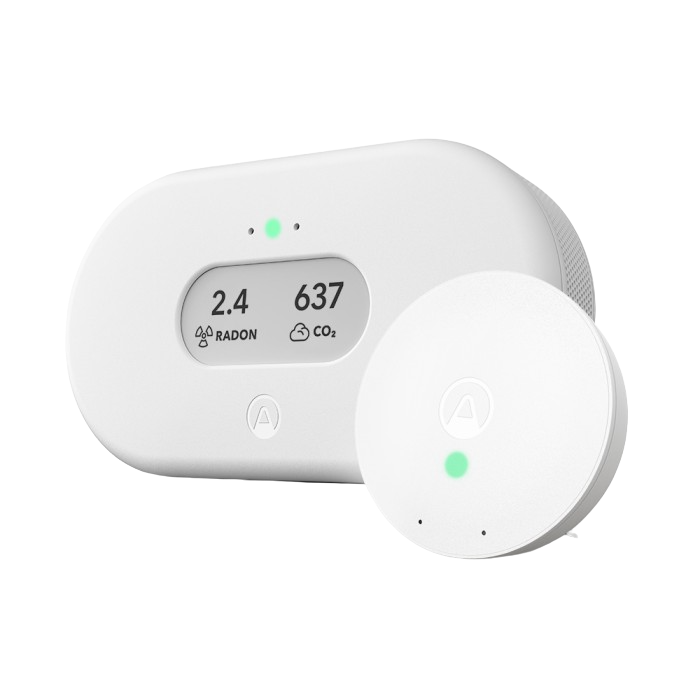
 Back to top
Back to top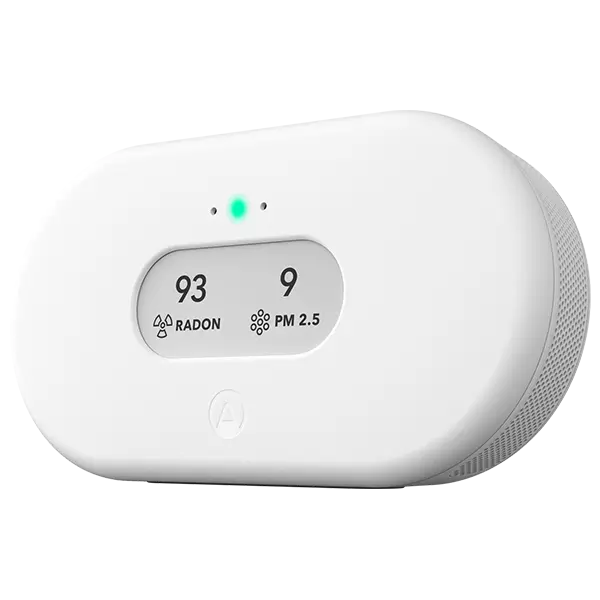

%20(1).webp)

%20(1).webp)
